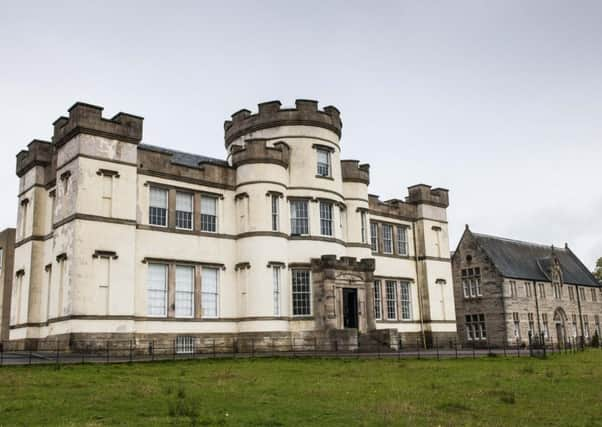Child Abuse Inquiry: Child died from E.coli rather than nun attack


Sammy Carr was six years old when he died of a brain haemorrhage in 1964 after being taken to hospital from Smyllum Park in Lanark.
The Scottish Child Abuse Inquiry heard from Professor Anthony Busuttil, a regius professor of forensic medicine at Edinburgh University, who said there was “no doubt” the haemorrhage had not been caused by a head trauma.
Advertisement
Hide AdAdvertisement
Hide AdThe inquiry has been hearing evidence over several days about institutions run by the Daughters of Charity of St Vincent de Paul, particularly Smyllum.
It has previously heard evidence that Sammy was punched and kicked by a nun shortly before being taken to hospital.
Professor Busuttil, who led the pathology inquiries into the Lockerbie bombing and the Dunblane massacre, said the child had died after contracting E.Coli, possibly after playing with a dead rat.
But he said Sammy’s malnourishment would have made it harder for his body to fight the infection, and said the alleged beating may have been the “straw that broke the camel’s back”.
Professor Busuttil had been asked by the inquiry to study the post-mortem examination carried out in June 1964.
He said Sammy’s weight showed he was a child who was “not developing normally” making it likely he would have had a “depleted” immune system.
Professor Busuttil said an E.Coli infection could cause the kidneys to fail, leading to a rise in blood pressure affecting the brain, possibly leading to haemorrhages.
“It appears to be the most likely series of events which fits the bill,” Professor Busuttil said.
Advertisement
Hide AdAdvertisement
Hide AdAsked by Colin MacAulay QC, senior counsel to the inquiry, if previous evidence about Sammy using a stick to play with a dead rat could be relevant, Professor Busuttil said: “There’s good evidence that quite a number of rats in rural or agricultural settings will carry this particular bug in their systems.”
Professor Busuttil said that based on the medical evidence available, the trauma from the alleged assault did not have a direct or indirect cause in the child’s death.
But when asked by Lady Smith, chair of the inquiry, about the impact an assault may have had on the boy’s immune system, he said could have been the “straw that broke the camel’s back,” making it more likely the body would not recuperate.
The inquiry heard how police concluded there was “no causal link” between Sammy’s death and an assault when they reviewed the case in 2015.
Detective Inspector Graham MacKellar told the inquiry the post-mortem report uncovered during the investigation concluded that the boy had died due to an infection of his brain - and other experts later backed this view.
The inquiry also heard evidence surrounding deaths at the care home, mostly from 1864 to 1961.
A BBC and Sunday Post investigation this year stated that at least 400 children from Smyllum Park were thought to be buried in an unmarked grave at St Mary’s Cemetery, Lanark.
Genealogist Janet Bishop, 62, told on Tuesday how her analysis of around 15,000 records produced 412 entries in her report in relation to deaths connected with Smyllum.
Advertisement
Hide AdAdvertisement
Hide AdMrs Bishop then told how she inspected the records of St Mary’s parish church in Lanark and found records of just 16 burials in the cemetery for children who had been resident at Smyllum, from 1900 to 1981.
Asked about the others who died, she said: “The other children could be buried anywhere.”
Paediatrician Dr Thomas Turner, 74, who was tasked with reviewing the causes of death of children associated with Smyllum, concluded that there were 283 deaths from 1864 to 1961, with 79 of them happening after 1920.
Some would happen in clusters when there were outbreaks of diseases such as tuberculosis or measles, the inquiry heard.
He told the hearing he found no concerning patterns to the deaths.
The inquiry was adjourned until January 9.